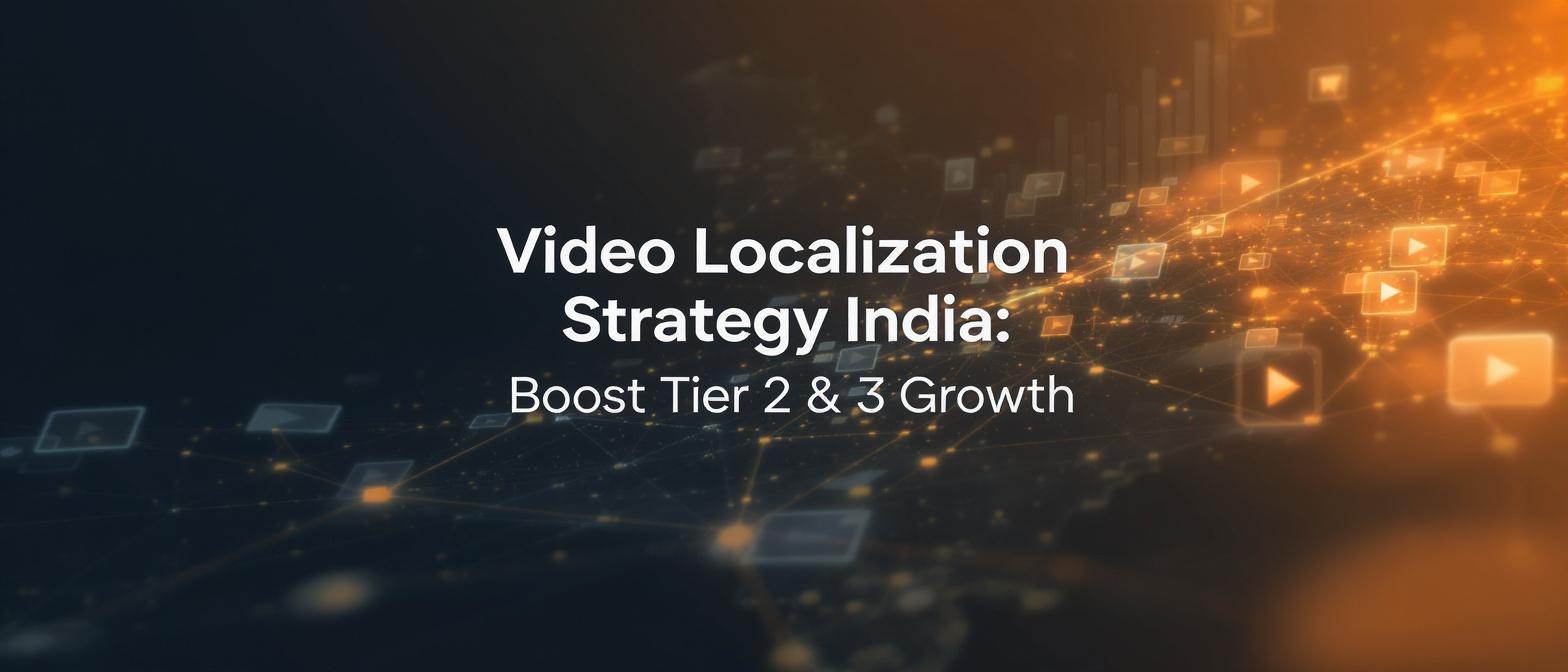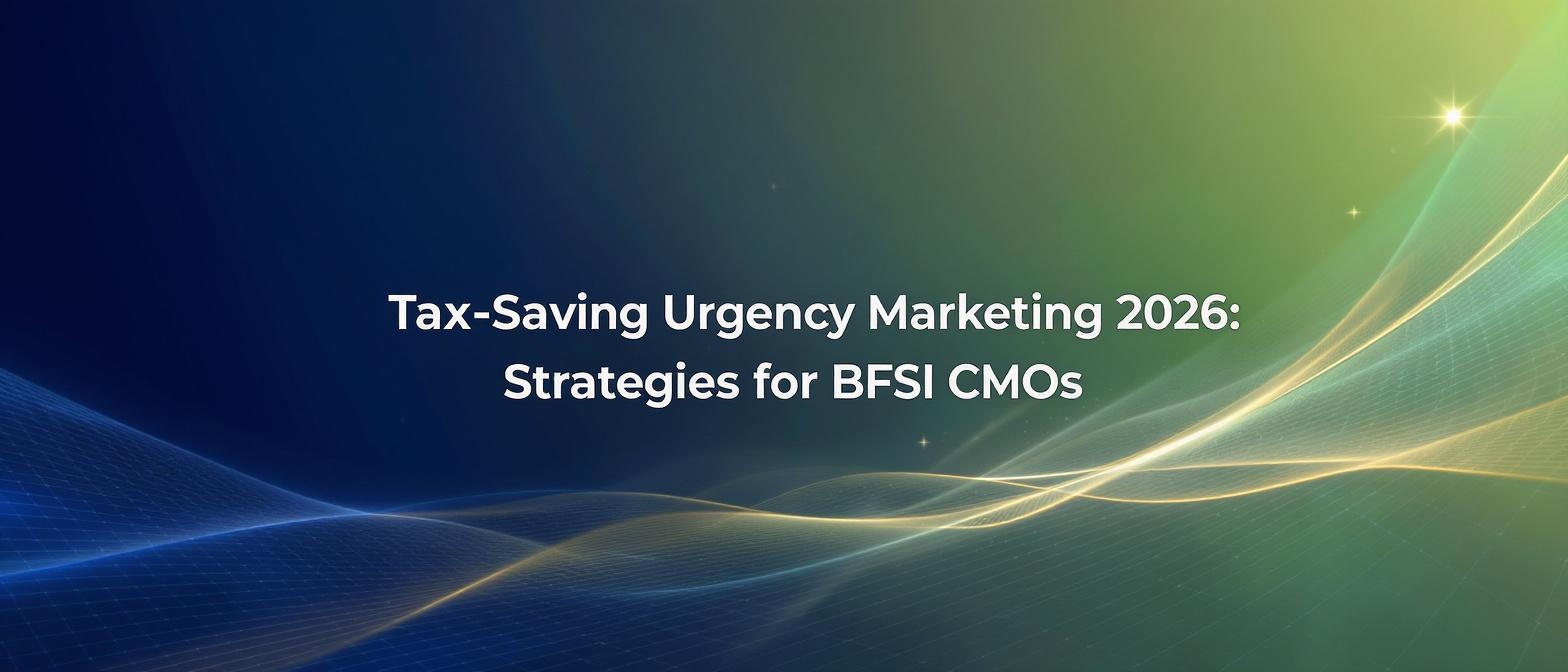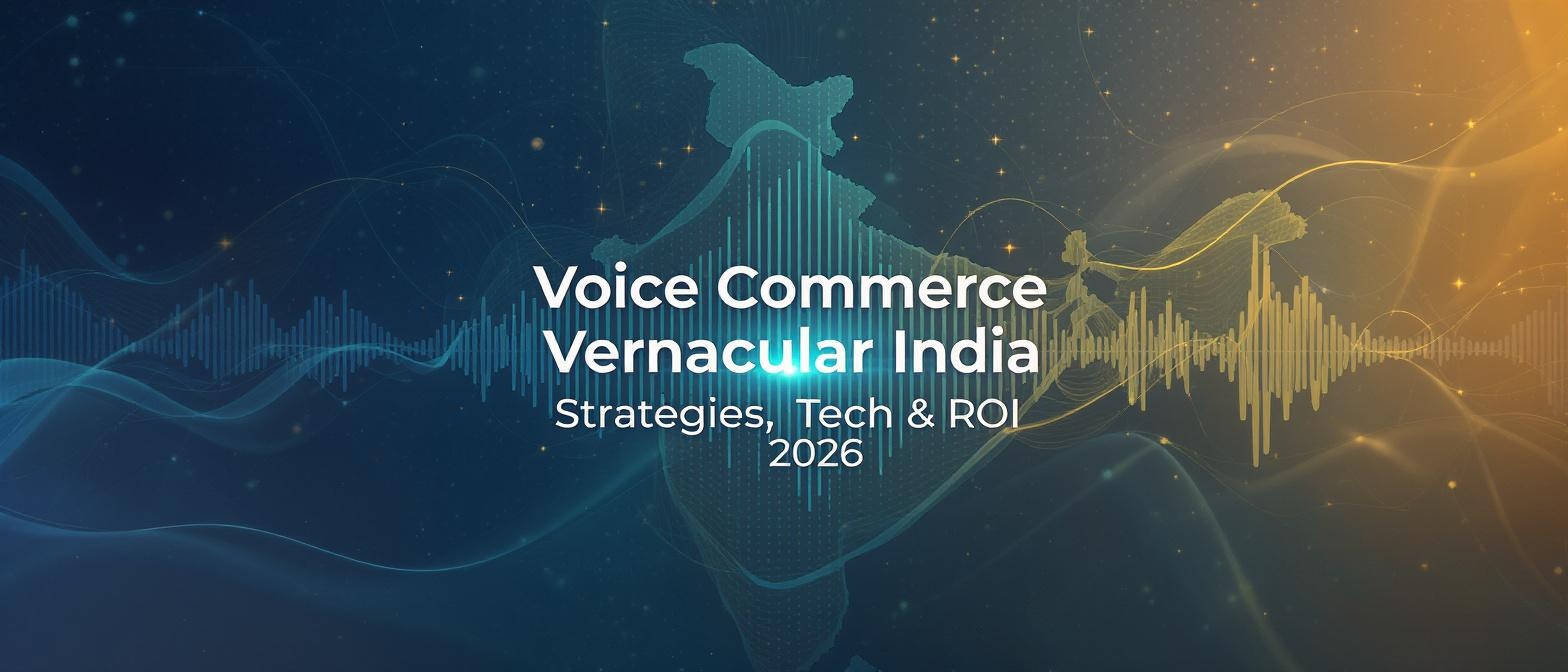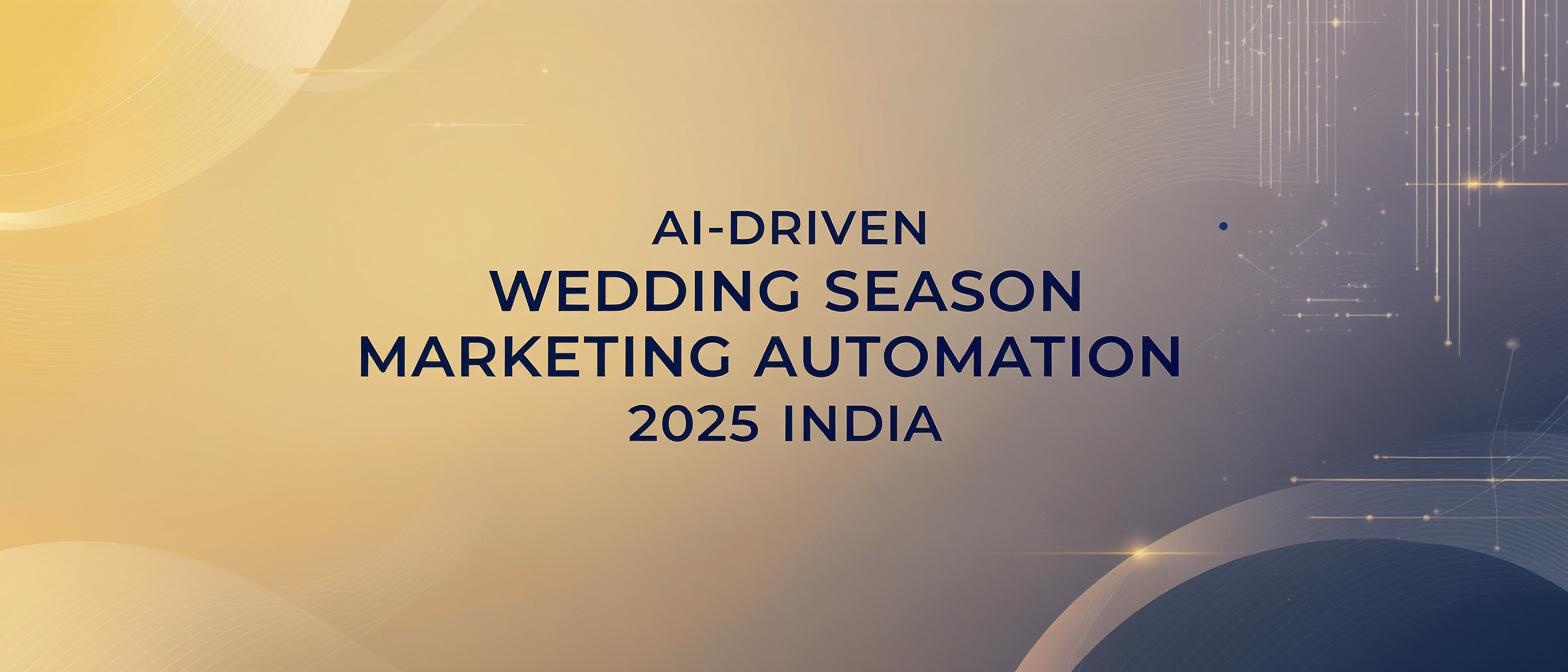Video Localization Strategy India: Unlocking Tier 2 & Tier 3 City Growth with Vernacular AI-Powered Campaigns
Estimated reading time: 10 minutes
Key Takeaways
- Vernacular video content is essential to connect with Tier 2 & Tier 3 audiences.
- AI dramatically reduces cost and time for large-scale video localization.
- Cultural adaptation goes beyond language to include visuals and regional themes.
- Real-world examples show significant engagement and conversion boosts.
- Platforms like Studio by TrueFan AI enable scalable enterprise-grade localization.
In the race for market share, a powerful and transformative approach is setting the leaders apart: a video localization strategy India-centric in its design. This isn't about slapping subtitles on a video and calling it a day. It's the sophisticated art and science of adapting video content—its audio, on-screen text, and even its cultural visuals—to resonate deeply with India's 22 official languages and over 400 dialects. For brands aiming to capture the immense potential of Tier 2 and Tier 3 cities, this strategy has become the definitive key to unlocking unprecedented growth.
The digital revolution in India is no longer confined to the metros. A staggering 35% year-over-year increase in vernacular video consumption has been recorded in these emerging cities, a testament to rising smartphone adoption and a hunger for content that speaks the language of the people. [Link]
Source: Arramton.com
The future of the Indian digital economy is being written in these regions, what many now call the 'Bharat' market. Projections indicate that vernacular video will generate over 3 billion impressions by 2025, making a robust Tier 2 Tier 3 city video marketing plan not just an option, but an urgent necessity.
[Link]
Source: Comswoms Media
This guide will walk you through building a bharat market video strategy that leverages cutting-edge AI to connect with millions of new customers authentically and at scale.
The Bharat Imperative: Understanding India's Unique Market Dynamics
To succeed in India, one must first appreciate its profound diversity. The nation isn't a single market; it's a mosaic of linguistic and cultural ecosystems. From Hindi and Bengali in the north and east to Tamil, Telugu, and Kannada in the south, and Marathi and Gujarati in the west, each region presents a unique consumer landscape. This fragmentation is not a barrier but an opportunity for brands that are willing to listen and adapt.
The Power of Native Language
Data consistently shows that content delivered in a viewer's native language is not just preferred—it's dramatically more effective. Native-language content drives more than double the watch-through rate compared to English or mismatched regional content. [Link]
Source: LSDigital
This simple fact has profound implications for Hindi Tamil Telugu video marketing and beyond. When a brand communicates in a customer's mother tongue, it signals respect, understanding, and a genuine desire to connect, fostering a level of trust that national-level campaigns often fail to achieve.
Decoding Tier 2 & Tier 3 Consumer Behavior
Consumer behavior in non-metro India has evolved with its own distinct characteristics. There is a marked preference for voice-based interfaces and search, making audible and clearly spoken vernacular content critical. Furthermore, viewers in these markets expect more than just translated audio; they demand culturally relevant imagery and context. A marketing campaign that uses visuals of a South Indian festival like Pongal will resonate far more in Tamil Nadu than one featuring a generic urban setting. This nuanced approach to cultural adaptation video content India is what separates successful regional language video campaigns India from those that fall flat.
[Link]
Source: LinkedIn - Designing for Bharat
Market analysis reveals that specific content categories see the highest engagement uplift in these regions. Educational videos, detailed product demonstrations, and authentic customer testimonials in local languages consistently outperform their English counterparts, providing a clear roadmap for brands planning their bharat market video strategy.
The AI Revolution: Scaling Localization with Speed and Efficiency
Historically, localizing video content was a logistical and financial nightmare. Traditional dubbing processes could cost upwards of ₹30,000 per minute of video, with turnaround times stretching from four to six weeks for a single language. Scaling this across five, ten, or more languages was simply unfeasible for most businesses.
Today, Artificial Intelligence has shattered these barriers. AI-powered dubbing and localization have reduced costs by as much as 70% and compressed timelines from weeks into days, or even minutes. [Link]
Source: TrueFan Blog
This technological leap has democratized video localization, making it accessible to businesses of all sizes. Platforms like Studio by TrueFan AI enable marketers to execute sophisticated, multilingual campaigns without the need for massive budgets or specialized production teams.
The modern AI stack for video localization is a suite of powerful, interconnected technologies:
- Neural Machine Translation (NMT): AI models that provide highly accurate and context-aware script translations.
- AI Voice Cloning: Technology that can replicate a human voice across different languages, maintaining the speaker's original tone and cadence for brand consistency.
- Lip-Sync Alignment: Advanced algorithms that automatically adjust the speaker's lip movements to perfectly match the new audio track.
- Real-Time Captioning & Subtitling: Automated generation of accurate, time-coded subtitles for accessibility and viewer preference.
These vernacular content creation tools are no longer futuristic concepts; they are accessible, browser-based solutions that are fundamentally changing the economics of local language video marketing India.
A Blueprint for Success: 3 Steps to an Effective Video Localization Strategy
A winning vernacular video marketing strategy is built on a foundation of meticulous adaptation across three key pillars: linguistic, visual, and cultural.
Step 1: Linguistic Adaptation - Beyond Literal Translation
The first step is translating the script, but true localization goes much deeper. The goal is "transcreation"—recreating the message's original intent, humor, and emotion in the target language. This requires a sophisticated approach to tone and idiom adjustment. A clever turn of phrase in Hindi may not make sense in Tamil. AI tools can provide a near-perfect initial translation, which can then be refined by a native-speaker post-edit to ensure all idioms, metaphors, and cultural references are perfectly aligned with the local dialect. This hybrid AI-human approach ensures both speed and authenticity, which is crucial for effective Hindi Tamil Telugu video marketing.
Step 2: Visual & On-Screen Text Adaptation
Viewers consume information from the entire screen, not just the spoken words. All on-screen text, including calls-to-action (CTAs), headlines, and lower-third graphics, must be translated and localized. This is a critical step for video localization Tier 2 cities, where audiences may have lower English proficiency. Modern platforms like
Studio by TrueFan AI include in-browser editors that allow marketing teams to seamlessly swap out text overlays, adjust font styles to accommodate different scripts, and ensure every visual element is perfectly synchronized with the localized audio.
Step 3: Cultural Visualization - Speaking the Language of Imagery
The final and most nuanced layer is cultural visualization. This involves adapting the visual backdrop of the video to reflect the local environment and customs. This could mean changing background imagery to feature recognizable local landmarks, adjusting the clothing style of on-screen talent, or incorporating icons related to regional festivals like Diwali, Eid, or Pongal. Advanced AI platforms are beginning to offer recommendation engines for these swaps, further simplifying the process of creating authentic cultural adaptation video content India. This deep level of customization ensures that the video doesn't just speak the language, but also reflects the life and values of the target audience, solidifying the bharat market video strategy.
From Strategy to Impact: Case Studies in Regional Campaigning
The true measure of any strategy is its real-world impact. The shift towards hyper-personalized, localized content is a dominant trend for 2025, with businesses globally recognizing that granular adaptation drives superior engagement. [Link]
Source: TransPerfect
Indian companies are already reaping the rewards.
Case Study 1: Scaling Ed-Tech Across India
A leading Indian ed-tech platform aimed to expand its services beyond the metros but faced the monumental task of localizing over 1,000 hours of video lectures. Using a traditional approach, this project would have taken over a year. By leveraging an AI localization pipeline, they completed the entire project—translating content into five regional languages—in just four weeks. The results were transformative: the platform doubled its user base in non-metro regions within six months, proving that language is the single most important key to unlocking educational access and market growth.
[Link]
Source: TrueFan Blog
Case Study 2: An FMCG Giant's Festive Success
For a festive campaign, an FMCG brand wanted to connect with consumers on a more personal level across eight different states. Instead of a single national ad, they created eight localized versions of their main video. Each version featured a natural-sounding voice-over in the regional language with flawless lip-sync technology. The hyper-localized campaign was a phenomenal success, achieving a 50% higher engagement lift compared to the previous year's generic campaign. The ability to execute such a project at scale is a testament to how platforms with extensive language support are changing the game. Studio by TrueFan AI's 175+ language support and AI avatars provide the technological backbone required for such ambitious, multi-market campaigns.
A Closer Look: Enterprise-Grade Solutions for Localization at Scale
For large organizations, localization is not a one-off task but a continuous operational workflow. This requires enterprise-grade solutions that offer scalability, security, and seamless integration.
Studio by TrueFan AI represents the new generation of platforms built for this challenge, offering a multi-tiered solution:
- Studio (Self-Serve SaaS): A user-friendly, browser-based platform where marketing teams can quickly generate videos.
- Enterprise Tier: For high-volume needs, this tier offers 4K video output, the ability to create custom avatars, and white-labeling options.
- API/Webhooks: APIs allow for deep integration into existing content pipelines, automating thousands of video variations.
Key features that enable localization at scale include:
- Extensive Avatar Library: Over 50 pre-licensed, photorealistic avatars that can represent diverse demographics.
- Rapid Script-to-Video Engine: Optimized for short-form content, rendering high-definition videos in minutes.
- Workflow Automation: Batch processing and direct publishing streamline the entire content lifecycle.
- Enterprise-Grade Compliance: ISO 27001 and SOC 2 certified, with real-time profanity filters for brand safety.
These vernacular content creation tools are being used for everything from rapid prototyping of ad campaigns to multilingual internal training modules.
Measuring What Matters: Optimization and ROI
A data-driven video localization strategy India requires a clear focus on measurement and continuous improvement. The goal is not just to produce content, but to produce content that performs.
Key Performance Indicators (KPIs) to Track:
- Watch-Through Rate: Compare engagement across different regional languages.
- Click-Through Rate (CTR) on CTAs: Gauge how effectively localized messaging drives action.
- Conversion Uplift: Monitor how vernacular campaigns affect leads and sales in targeted regions.
- Engagement Metrics: Track social shares and comments to assess audience resonance.
Solutions like Studio by TrueFan AI demonstrate ROI through built-in features like variant generators, enabling A/B testing for different languages or avatars. By analyzing performance dashboards that break down engagement by region, teams can quickly identify winning strategies. This iterative process, guided by both quantitative data and qualitative feedback, is the hallmark of successful regional language video campaigns India.
Conclusion: Your Next Growth Frontier is Vernacular
The message from the market is unequivocal: the future of growth in India lies in the heartland, in the Tier 2 and Tier 3 cities, where millions of new digital consumers are waiting. Reaching them is no longer a matter of budget, but of strategy. A well-executed video localization strategy India has become the single most powerful lever for building brand affinity, driving engagement, and capturing market share in the 'Bharat' economy.
The convergence of market demand with powerful, cost-effective AI technology has created an unprecedented opportunity. By embracing local language video marketing India, you can forge authentic connections with audiences that have long been underserved by mainstream media. The time to act is now.
Ready to unlock the potential of India's vernacular markets? Start your journey with a free trial of Studio by TrueFan AI or contact our team to learn how our enterprise solutions can integrate with your content pipeline.
Frequently Asked Questions (FAQ)
1. How does AI handle complex cultural nuances and regional slang?
Modern AI, specifically Neural Machine Translation (NMT), is increasingly context-aware. However, the best practice is a hybrid model. The AI generates a highly accurate baseline translation at speed, which is then reviewed and refined by a native human speaker. This ensures that subtle cultural nuances, humor, and regional slang are captured perfectly, blending AI's efficiency with human expertise.
2. What is the typical turnaround time for an AI-dubbed video?
For a short video (1-2 minutes), the initial AI processing—including translation, voice cloning, and lip-syncing—can often be done in under an hour. With a human review, a final localized video can be ready within hours, a drastic reduction from traditional dubbing timelines of several weeks.
3. Is AI voice cloning ethical for marketing?
Ethical use is paramount. Reputable platforms operate on a consent-first model, fully licensing professional voice actors or obtaining explicit consent for cloned voices. Studio by TrueFan AI follows strict guidelines and content moderation to prevent misuse.
4. How does video localization impact SEO?
Video localization significantly enhances SEO in regional markets. Titles, descriptions, and transcripts in local languages improve discoverability, raising rankings on regional SERPs and driving organic traffic. It's a core component of vernacular SEO. [Link]
Source: Search Engine Journal
5. What kind of content benefits most from video localization?
Certain types see the highest ROI:
- Educational Content (Ed-Tech): Increased comprehension and adoption.
- Product Demonstrations: Building trust through clear, localized explanations.
- Customer Testimonials: Powerful social proof in the local language.
- Brand Storytelling & Ad Campaigns: Emotional resonance through cultural familiarity.





